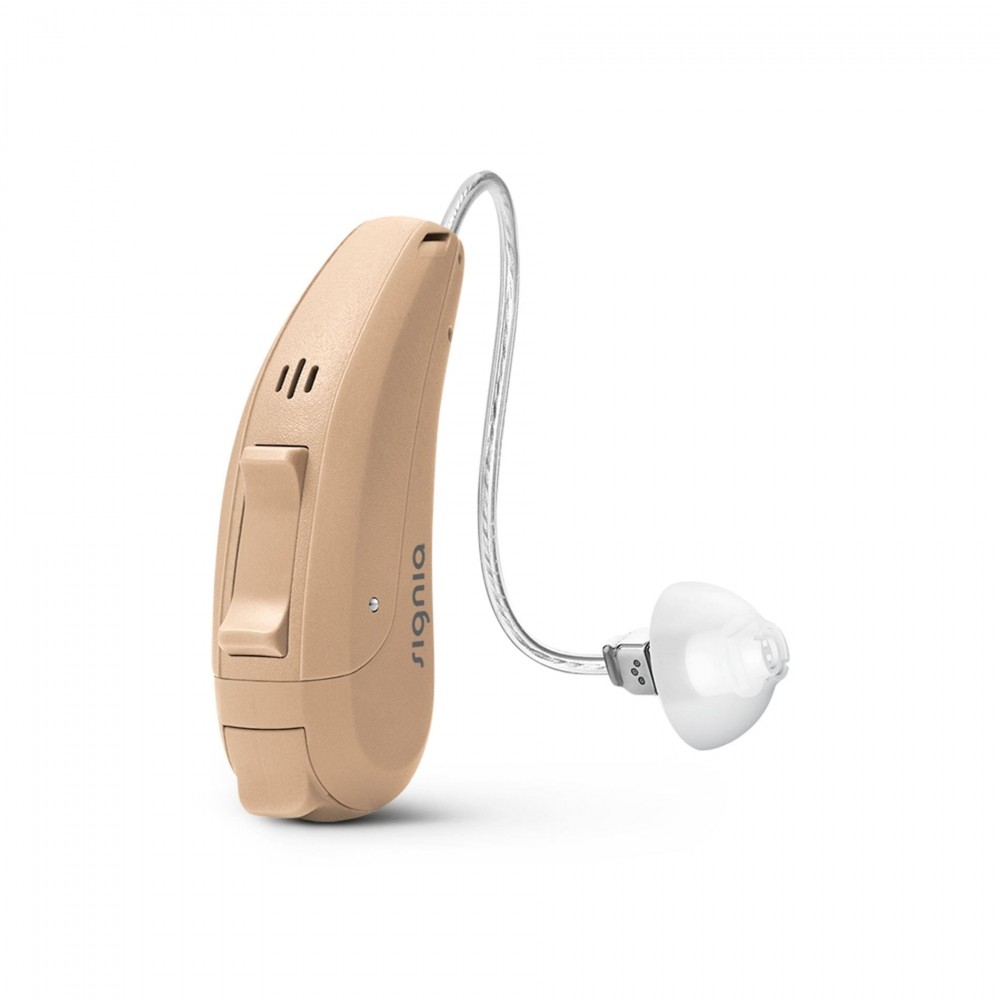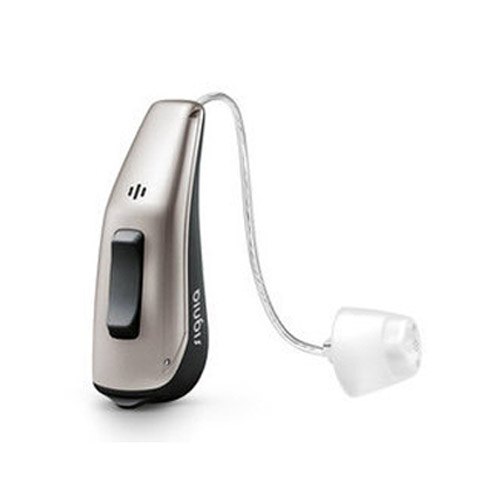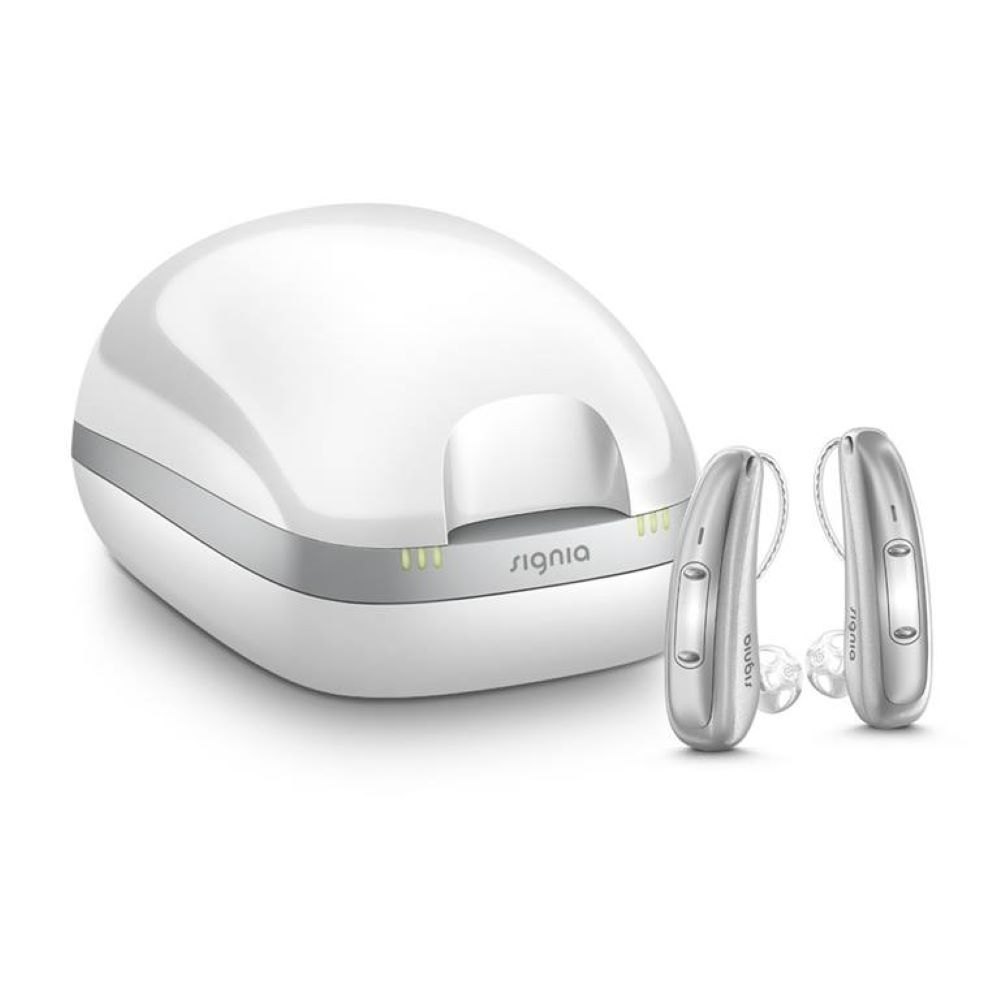Key Takeaways Table for Receiver in the Canal Hearing Aids Reviews
Here’s a detailed summary of the key takeaways from the blog, highlighting the features, benefits, and considerations for Receiver-in-the-Canal (RIC) hearing aids:
| Aspect | Details |
|---|---|
| Design | Compact and discreet; main body sits behind the ear, with a thin wire connecting to the receiver. |
| Sound Quality | Natural and clear sound due to the receiver’s placement in the ear canal. |
| Connectivity | Many models support Bluetooth for streaming calls, music, and TV audio directly to the hearing aids. |
| Rechargeable Options | Rechargeable batteries available in many models, reducing the need for frequent replacements. |
| Noise Reduction | Advanced noise reduction technology ensures clarity in noisy environments. |
| Directional Microphones | Enhances focus on specific sounds (e.g., speech) while minimizing background noise. |
| Custom Fit | Designed for comfort and secure fit, even during extended use. |
| Price Range | Wide range of options available, from budget-friendly models (~₹25,990) to premium ones (~₹6,79,990). |
| Maintenance | Requires regular cleaning to prevent wax buildup; proper storage is essential to avoid moisture damage. |
| Best For | Suitable for mild-to-severe hearing loss; ideal for users seeking a balance of performance and aesthetics. |
This table provides a quick overview of what makes RIC hearing aids a popular choice and helps readers identify the key factors to consider when making their purchase decision.
Introduction
Hearing aids have revolutionized the lives of many, offering a gateway to clearer communication and better quality of life for those with hearing loss. Among the various types available today, Receiver-in-the-Canal (RIC) hearing aids have gained immense popularity. But what makes them stand out? This blog dives into everything you need to know about RIC hearing aids, including reviews of some top models, their features, and how they can be the perfect solution for your hearing needs.
What Are Receiver-in-the-Canal (RIC) Hearing Aids?
Receiver-in-the-Canal (RIC) hearing aids are a type of hearing device designed to provide a discreet yet powerful solution for individuals with mild to severe hearing loss. Unlike traditional Behind-the-Ear (BTE) models, RIC hearing aids have a small receiver (speaker) placed directly in the ear canal. This design not only improves sound quality but also makes the device lightweight and less noticeable.
Key Features of RIC Hearing Aids:
- Compact Design: The main body sits behind the ear, while the receiver is connected via a thin wire, making it less bulky.
- Natural Sound Quality: The placement of the receiver in the ear canal ensures more natural sound amplification.
- Wide Compatibility: Many models support Bluetooth connectivity for streaming audio directly from smartphones or TVs.
Key Features to Look for in RIC Hearing Aids
When choosing an RIC hearing aid, it’s essential to consider features that match your lifestyle and preferences. Here are some must-have features:
1. Sound Quality and Noise Reduction
RIC hearing aids often come equipped with advanced noise reduction technology. This feature helps filter out background noise, ensuring clarity in conversations even in noisy environments.
2. Bluetooth Connectivity
Modern RIC devices allow seamless pairing with smartphones and other gadgets. This means you can stream calls, music, or TV audio directly to your hearing aid.
3. Rechargeable Batteries
Gone are the days of frequently replacing batteries. Many RIC models now come with rechargeable options that offer convenience and save costs over time.
4. Directional Microphones
These microphones enhance your ability to focus on sounds coming from specific directions, such as a person speaking in front of you, while reducing ambient noise.
5. Custom Fit
RIC hearing aids are designed to fit comfortably in your ear canal. Custom-fit options ensure that they stay secure without causing discomfort during prolonged use.
Top Receiver-in-the-Canal Hearing Aids Reviewed
Here’s a quick look at some popular RIC hearing aids that cater to various budgets and needs:
1. Signia Intuis 3 RIC 312

- Price: ₹25,990
- Features: Affordable option with essential features for first-time users.
- View Product
2. Signia Pure 1px RIC Primax

- Price: ₹32,990
- Features: Compact design with basic noise reduction capabilities.
- View Product
3. Signia Pure Charge & Go 1X Rechargeable

- Price: ₹83,990
- Features: Rechargeable model with Bluetooth compatibility for streaming.
- View Product
These models represent just a fraction of what’s available in the market. Each comes with unique features tailored to different user needs.
This introduction sets the stage for understanding RIC hearing aids and highlights some top models to consider. Stay tuned as we dive deeper into comparisons and user experiences in the next sections!
Comparison Table of Top RIC Hearing Aids
When it comes to Receiver-in-the-Canal (RIC) hearing aids, there’s a wide variety of options available to suit different budgets and needs. Below is a comparison table highlighting some of the most popular models, their features, and who they are best suited for.
| Model Name | Price (₹) | Key Features | Best For |
|---|---|---|---|
| Signia Intuis 3 RIC 312 | ₹25,990 | Affordable, basic features | First-time users |
| Signia Pure 1px RIC Primax | ₹32,990 | Compact design, basic noise reduction | Everyday use |
| Signia Pure Charge & Go 1X Rechargeable | ₹83,990 | Rechargeable, Bluetooth connectivity | Active lifestyles |
| Signia Pure Charge & Go 7X Rechargeable | ₹3,31,990 | Advanced noise cancellation, premium design | Severe hearing loss |
| Signia Styletto CROS Kit 7AX Slim-RIC | ₹6,79,990 | Slim design, high-end features | Style-conscious users |
Pros and Cons of Receiver-in-the-Canal Hearing Aids
Like any technology, RIC hearing aids have their advantages and limitations. Understanding these can help you make an informed decision before purchasing.
Pros
- Discreet Design: The compact size makes RIC hearing aids almost invisible when worn.
- Natural Sound Quality: The placement of the receiver in the ear canal ensures clearer and more natural sound.
- Bluetooth Connectivity: Many models allow seamless pairing with smartphones for streaming music or calls.
- Custom Fit: RIC devices are designed to fit comfortably in the ear canal without causing irritation.
- Wide Range of Options: From budget-friendly models to premium designs with advanced features, there’s something for everyone.
Cons
- Not Ideal for Severe Dexterity Issues: Handling small components like batteries or receivers may be challenging for some users.
- Higher Cost: Advanced features like Bluetooth and rechargeability can make these devices more expensive than other types.
- Maintenance Requirements: Regular cleaning is necessary to prevent wax buildup on the receiver.
How to Choose the Right RIC Hearing Aid
Selecting the perfect hearing aid can feel overwhelming with so many choices available. Here are some factors to consider:
1. Degree of Hearing Loss
RIC hearing aids are versatile and cater to mild-to-severe hearing loss. However, it’s always best to consult an audiologist to determine the right model based on your specific needs.
2. Lifestyle Needs
- If you lead an active lifestyle, opt for models with rechargeable batteries and Bluetooth connectivity.
- For those who prioritize aesthetics, slim designs like the Signia Styletto series are a great choice.
3. Budget
RIC hearing aids come in a wide price range. While entry-level models like Signia Intuis 3 are affordable, premium options like Signia Pure Charge & Go 7X offer advanced features but at a higher cost.
4. Desired Features
Consider which features matter most to you:
- Do you need Bluetooth for streaming?
- Are rechargeable batteries a priority?
- Is advanced noise reduction essential?
By focusing on these factors, you can narrow down your options and find a device that perfectly suits your requirements.
Maintenance Tips for RIC Hearing Aids
To ensure your RIC hearing aids last long and perform optimally, regular maintenance is crucial. Here are some tips:
- Clean Regularly: Use a soft cloth or cleaning tool to remove earwax from the receiver.
- Store Properly: Keep your hearing aids in a dry case when not in use to protect them from moisture.
- Check Batteries: For rechargeable models, ensure they are fully charged before use; for non-rechargeable ones, replace batteries as needed.
- Schedule Checkups: Periodic visits to your audiologist can help detect any issues early and keep your hearing aids in top shape.
This section provides a deeper understanding of how RIC hearing aids compare, their advantages and limitations, and how to choose the right one for your needs. Stay tuned for user testimonials and final recommendations in the next part!
User Testimonials and Feedback
Hearing from real users can provide valuable insights when choosing the right Receiver-in-the-Canal (RIC) hearing aids. Here are some common themes and feedback shared by users of various RIC models:
Improved Sound Clarity
Many users have praised RIC hearing aids for their ability to deliver clear and natural sound. The placement of the receiver in the ear canal helps eliminate distortion, making it easier to follow conversations, even in noisy environments.
Comfortable Fit
RIC hearing aids are often highlighted for their lightweight and discreet design. Users appreciate how they can wear these devices for extended periods without discomfort. Custom-fit options have been particularly popular among those who prioritize comfort.
Convenience of Rechargeable Models
Rechargeable RIC hearing aids, such as the Signia Pure Charge & Go series, have received positive reviews for their ease of use. Users no longer need to worry about replacing batteries frequently, making these models ideal for those with busy lifestyles.
Connectivity Features
Bluetooth-enabled RIC hearing aids have been a game-changer for many users. Streaming phone calls, music, and TV audio directly to the hearing aids has significantly enhanced convenience and user experience.
Conclusion
Receiver-in-the-Canal (RIC) hearing aids are an excellent choice for individuals seeking a balance between performance, comfort, and modern features. Whether you’re looking for an affordable entry-level model or a high-end device with advanced technology, there’s an option to suit every need.
Key Takeaways:
- RIC hearing aids offer superior sound quality and a discreet design.
- Rechargeable models and Bluetooth connectivity add convenience and functionality.
- With a wide range of options available, it’s essential to consider your lifestyle, budget, and specific hearing needs before making a purchase.
If you’re unsure which model is right for you, consult an audiologist who can guide you based on your hearing profile. Investing in the right hearing aid can transform your daily life by reconnecting you with the sounds you love.
This wraps up our comprehensive review of Receiver-in-the-Canal (RIC) hearing aids. We hope this guide helps you make an informed decision. Remember, better hearing starts with choosing the right device!
Read More
- Strom, Karl E. “‘Hearing review’survey of RIC pricing in 2017.” Hearing Review 25.3 (2018): 28-38.
- Know, Hearing Aid. “Oticon Hearing Aids.” (2019).

